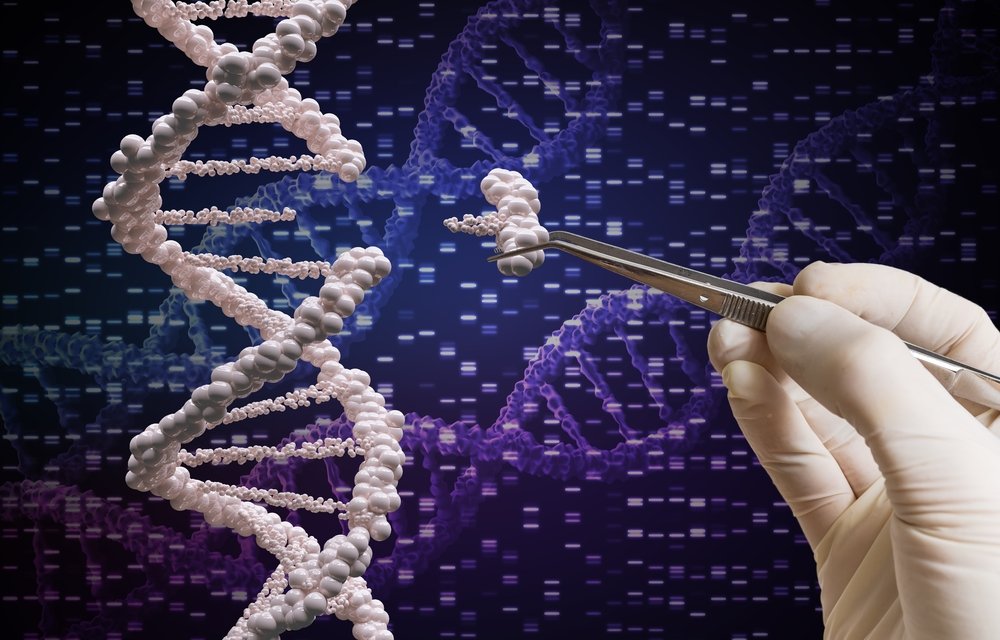While most scientific advances tend to be uniformly celebrated or criticized, innovations in gene editing have been met with a wild mix of both. The idea of altering DNA — such as snipping out a genetic mutation known to cause disease — is fascinating and worrisome, even to scientists. That gene editing is now more feasible than ever thanks to a genetic cut-and-paste protocol known as CRISPR has many experts teaming up to ensure the responsible use of this technology.
Discussions around the ethical implications of gene editing aren’t new, but there’s now a sense of urgency. In the last five years, researchers involved in developing novel approaches to gene editing banded together to come up with basic guidelines, including a voluntary moratorium on editing embryos that were intended to be brought to term. Last year, though, a scientist in China announced he had done exactly that. The genetically-edited human twins born from this experiment appear likely to suffer a number of serious health problems due to predictable risks associated with the approach. The same scientist claims to have edited and implanted at least one other embryo, and a scientist in Russia has publicly acknowledged working toward a similar goal, although he says that he will comply with regulations before implanting an edited embryo.

Scientists engaged in debates about constructive use of CRISPR gene editing technology make a major distinction between what they call “somatic” and “germline” editing. Somatic editing would affect a person’s DNA, but could not be passed on to their offspring. Germline editing, by contrast, also affects cells used in reproduction — meaning that an edited gene could be passed down to the next generation and the next, representing intervention in the genetic evolution of our species. While most researchers believe that somatic editing is safe (assuming there have been appropriate pre-clinical studies to show no harm is done), they are understandably very concerned about creating edits with implications beyond a single person.
That’s why leading scientific organizations are racing to implement new guidelines that would more clearly govern the use of gene editing. At the recent annual meeting of the American Society of Human Genetics, representatives from these global groups offered updates and invited feedback from the research community to help shape reports slated for publication in 2020. The goal is to get as much buy-in as possible around the world so that researchers in all countries will comply with the new guidelines, while also maintaining flexibility to adjust the rules over time as needed.
While there was general agreement in this session that gene editing to prevent disease is a positive use of CRISPR, there was more divergence around a stated goal of not using CRISPR to enhance genes. This is intended to prevent the use of gene editing to, say, boost intelligence, but scientists reasonably argued that it will be very difficult to draw the line for all possible situations.

A much broader area of anxiety came around the possibilities of inadvertently creating second-class citizens. Gene editing is likely to be an expensive way to cure disease, potentially leading to a situation where wealthy people could literally evolve differently than poor people. On a separate note, early attempts at germline editing could theoretically be mitigated by establishing a rule that edited children should not be allowed to reproduce; this, too, risks starting an extreme new form of social inequality.
Clearly, there is much that needs to be sorted out. Despite the many concerns expressed by genetic researchers, the overwhelming tone of the feedback session at the American Society of Human Genetics meeting was one of optimism. Never before has a technology made it possible to find a genetic region responsible for disease and snip it out or edit it back to a healthy state. That’s exactly what CRISPR could do, though, and scientists are eager to deploy it responsibly for advancing human health.

















